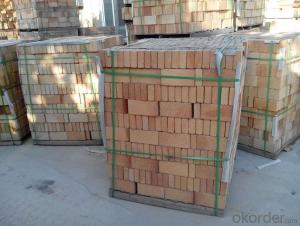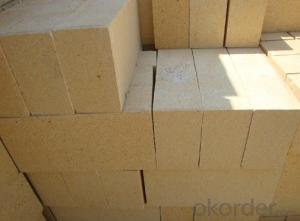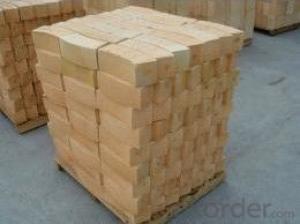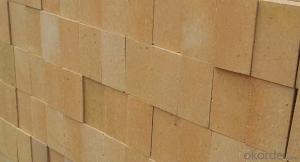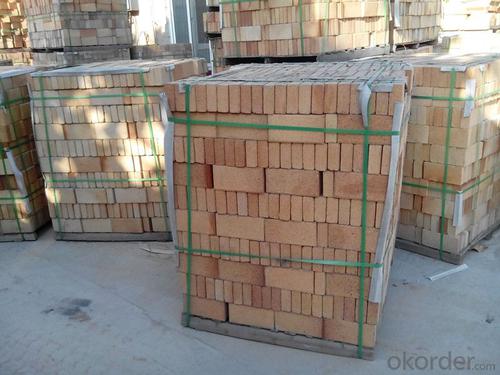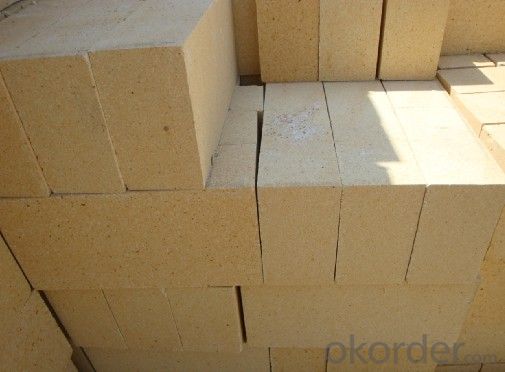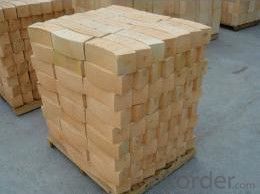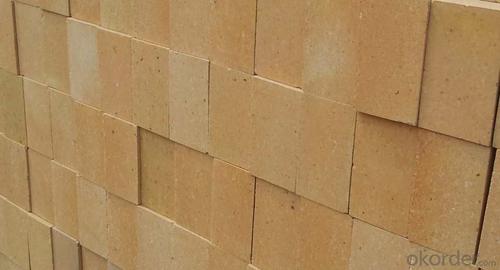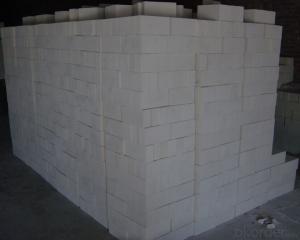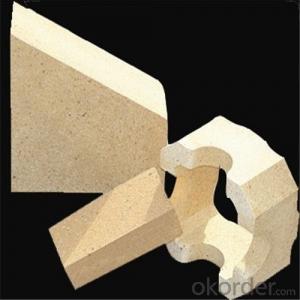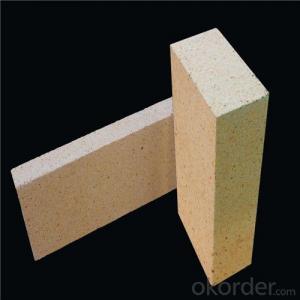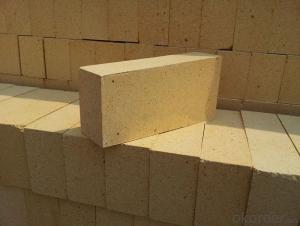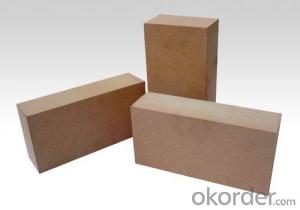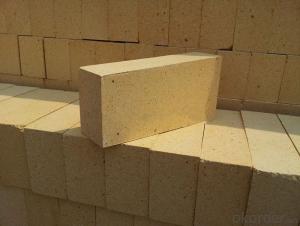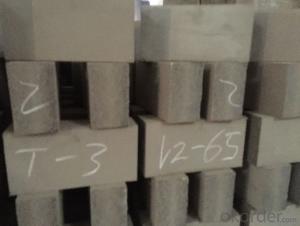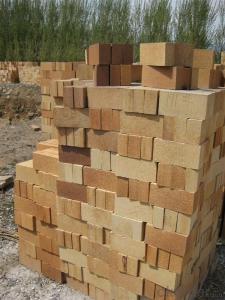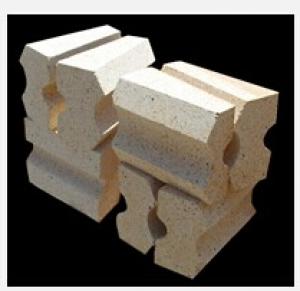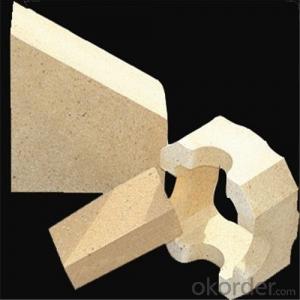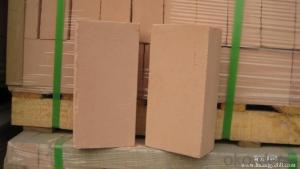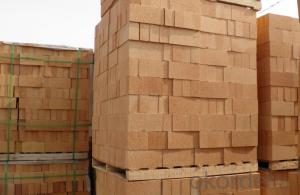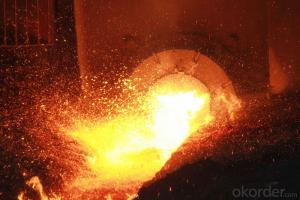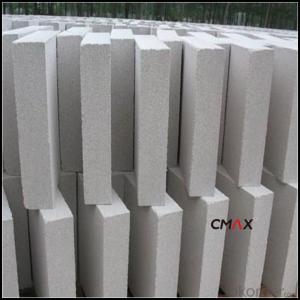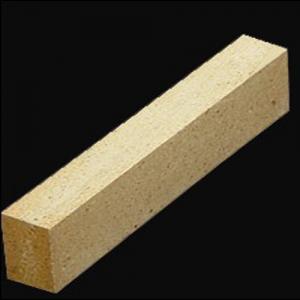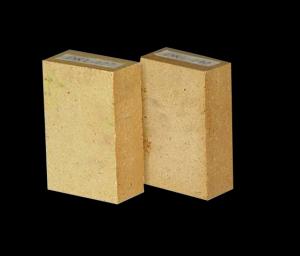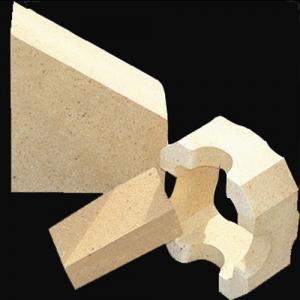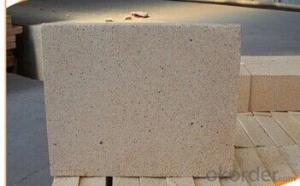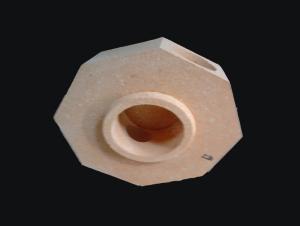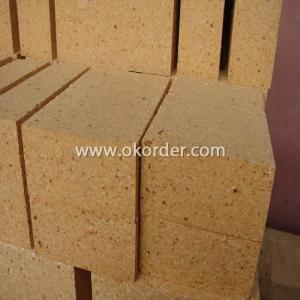Fireclay Brick - Cement Refractory Cement Fireclay Bricks
- Loading Port:
- China main port
- Payment Terms:
- TT OR LC
- Min Order Qty:
- 1 m.t.
- Supply Capability:
- 1000 m.t./month
OKorder Service Pledge
OKorder Financial Service
You Might Also Like
Description:
Refractory brick is a block of refractory ceramic material used in lining furnaces, kilns, fireboxes, and fireplaces.
We provide high quality Refractory Fire Bricks that are used on wide range in the various industries like Cement, Glass and Steel. Refractory Fire Bricks are provided as per the quantity and specifications required by the customers. We provide an extensive range of Refractory Fire Bricks at reasonable prices that depend upon the quantity ordered.
Fire Clay Brick Features:
1. Good thermal stability, low thermal conductivity, good insulation performance.
2. Low bulk density, good integrity, high mechanical strength.
3. Good thermal shock stability, good resistance to abrasion and corrosion.
4. Good volume stability at high temperature.
Fire Clay Brick Application:
1. Widely used in various kilns due to its cheapness and general tray package
2. All parts of furnace lining for middle and small capacity blast furnace.
3. Low temperature parts of waste incinerators and glass melting furnaces, etc.
4. Widely used in metallurgy, construction (glass and cement), chemical industry, electric power and machine building.
Specifications
1. Fire Caly brick Manufacturer
2. ISO 9001 certificate
3. Credible Quality
4. Reasonable price
5. Delivery in time
Technical data:
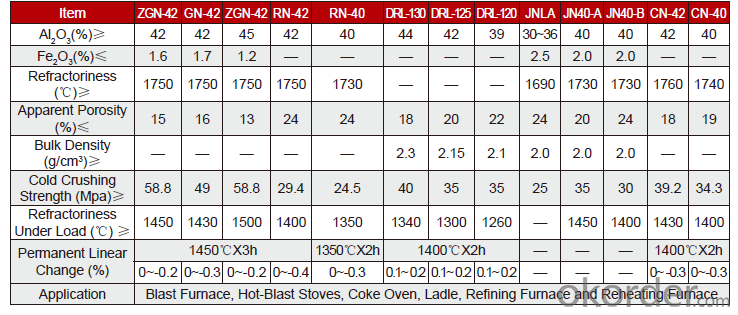
Q1 What’s the transport method?
A1 FCL delivery goods with wooden pallet or wooden case by sea; If LCL delivery, must with wooden case; Sometimes need open top, flat rack or bulk cargo.
Q2 What’s the required payment term?
A2 Generally 30% TT as the prepayment, 70% TT before delivery. If need, 100% Irrevocable Letter of Credit or negotiation.
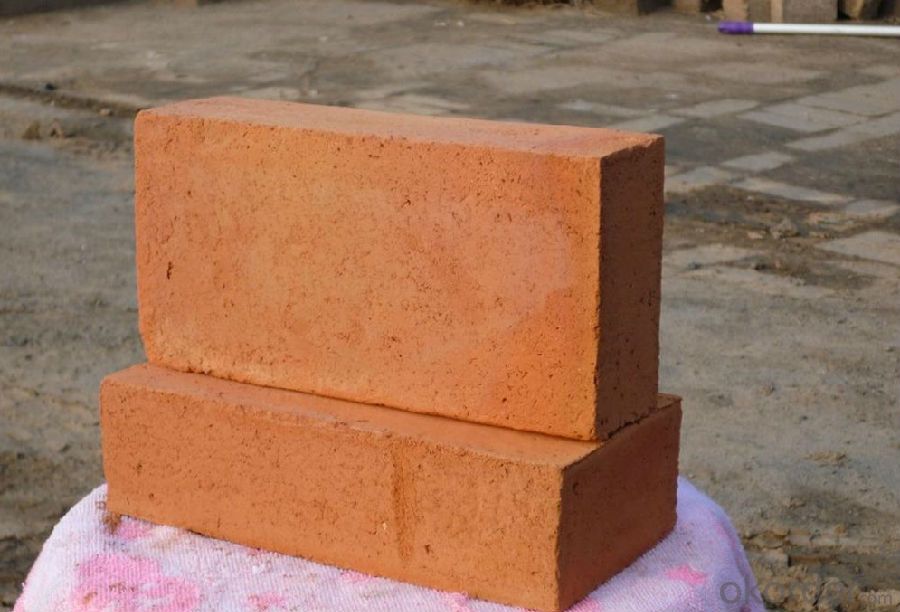
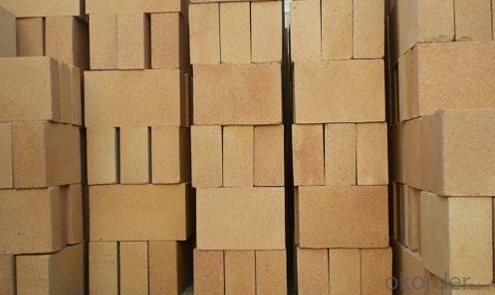
- Q: What's the reason of cracks in refractory bricks?
- If it is made to refractory bricks,dry in the air naturally for 10 days, then put into the drying furnace, which is certainly better than the brick is put to the furnace directly, this is not easy to crack. After all, the moisture of brick will run in the air. See the semi-finished products (not crack is really no crack), but after drying, it has cracks, this is must because moisture runs quickly in a short time. If it cracks after high temperature heat treatment, the reason is very complicated, such as after high temperature burning, temperature decreases too fast, resulting in a large temperature change, then it cracks. Or in the process of high temperature heat treatment, the internal reaction is intense, and generate some volume expanding materials, resulting in cracks and so on. Mullite Petrochemical reaction, spinel reaction and so on, the reactions of a lot of materials are the volume expansion
- Q: does furnace use refractory cement to make refractory bricks?
- use refractory clay, refractory clay is made of refractory clinker clay mixing with cornstarch in a certain proportion, generally refractory cement refers to alumina?cement, which is generally used in castable refractory, producing binder.
- Q: What material is sk-34 on the refractory brick
- Electric power; refractory bricks, castable refractory, building materials, chemical, glass, ferrous metals and other industries required refractory and insulation materials, all kinds of thermal insulation cotton products, thermal insulation brick, aluminous refractory cement, perlite and other unshaped refractory materials have been the best-selling products
- Q: What are the main components of refractory bricks
- The main ingredient of silica brick is monox. there are various materials of refractory bricks, the main component of high alumina brick and clay brick is aluminium, the main ingredient of each kind of material is not the same, the main component of magnesia bricks and magnesia chrome bricks is magnesium oxide
- Q: How to test the various components of the refractory brick?
- It is difficult to distinguish if it is mixed together, fully smashing and mixing. Then assay. Or testing after smashing and separating.
- Q: what effect does big mortar joints of the boiler refractory brick have on the boiler?
- The ventilation leakage。 Now the larger boilers are generally used refractory pouring material one-time pouring, the arch is easy to collapse . 2, shrinkage and expansion of brick will make the bricks fall. 1, do not use the refractory brick. too large seam will effect the tightness of furnace wall , and the water wall is easy to form dew and be corroded and to leak smoke.
- Q: Are refractory bricks, burner block and thermal insulation brick the same? Are they the same thing?
- The burner block is heavy, its using temperature is high, while thermal insulation brick is light and its using temperature is lower than heavy brick.
- Q: What are the reasons for the production of waste in the formation of fireclay bricks?
- The reasons for the production of waste when form fireclay bricks: Tile size is unqualified. This is due to the mold installation is not firm, the template transfers when molding; if the amount of material being added fluctuates largely, also can cause the body size changing. Ji Yangon Chi lie charge generation layer containing decyl poke pull and crack. The molding operation does not according to the principle of the light first and the thick later. At the initial pressure, the air doesn't releases, which causes the elastic aftereffect by repressing. Too much mud water, uneven mixture and inequal template all can make the body produce layer crack or crack. Twist. The template is used for too long, the template deforms, so raw brick deforms, the amount of water is too large, brick naturally deforms, causing the body twist. Miss edge and angle. Because of poor plasticity of mud, particles segregate, feeding back corner is not real, the body will appear side missing and angle modulation phenomenon. Bias voltage. Due to the deflection of the die head or the uneveness of mold bottom. Loose。 Due to insufficient feeding amount or insufficient pressure times.
Send your message to us
Fireclay Brick - Cement Refractory Cement Fireclay Bricks
- Loading Port:
- China main port
- Payment Terms:
- TT OR LC
- Min Order Qty:
- 1 m.t.
- Supply Capability:
- 1000 m.t./month
OKorder Service Pledge
OKorder Financial Service
Similar products
Hot products
Hot Searches
Related keywords
